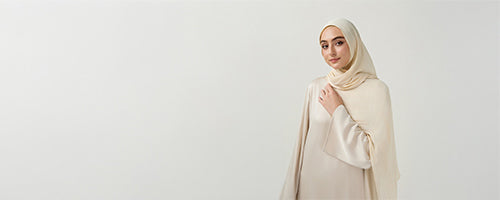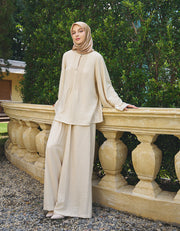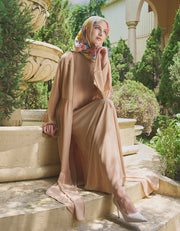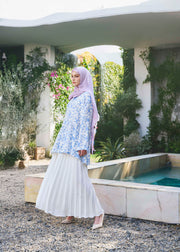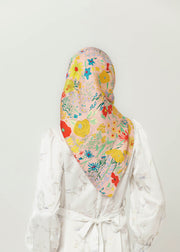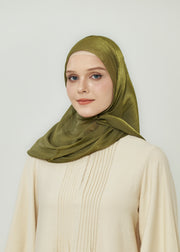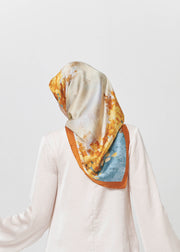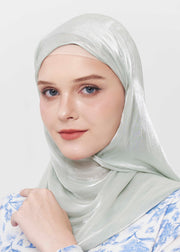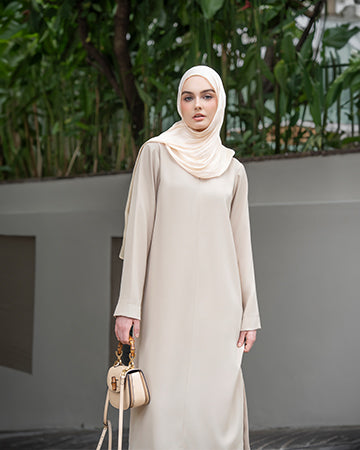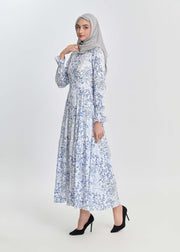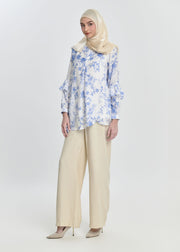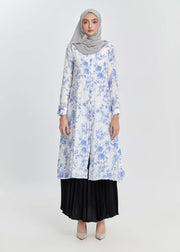Islamic Traditional Dresses for Women: Styles and Meaning
Islamic traditional dress has long been a symbol of cultural identity, modesty, and faith for Muslim women around the world. These garments are not only deeply rooted in Islamic values but also reflect centuries of regional influences, artistic expression, and personal style. In this article, we’ll explore some of the most well-known Islamic traditional dresses for women and uncover the meanings behind their forms, fabrics, and functions.
Understanding the Concept of Islamic Traditional Dress
The term Islamic traditional dress generally refers to modest clothing worn by Muslim women that aligns with Islamic teachings regarding awrah—the parts of the body that should be covered in public. While the Qur’an emphasizes modesty, it does not prescribe specific garments, which is why Islamic traditional dress varies by region and culture.
Despite the variations, the core principles remain the same: modesty, elegance, and a reflection of personal or cultural identity.
Popular Types of Islamic Traditional Dress for Women
Below are some of the most iconic and widely worn styles of Islamic traditional dress across different Muslim-majority regions:
1. Abaya (Gulf Region, Worldwide)
The abaya is perhaps the most recognized Islamic traditional dress. It is a long, loose-fitting cloak typically worn over regular clothes. Most commonly black, modern abayas now come in a variety of colors and embellishments.
Meaning & Symbolism:
The abaya represents simplicity and dignity, often associated with the traditional values of the Gulf region. It allows for full body coverage while maintaining elegance and comfort.
Abaya
2. Jilbab (Middle East, Southeast Asia)
The jilbab is similar to the abaya but often features more tailored cuts, hoods, and built-in scarves. It may resemble a long coat or dress and is popular among working professionals and students.
Meaning & Symbolism:
Wearing a jilbab can symbolize a modern yet modest approach to Islamic fashion, bridging traditional values with contemporary practicality.
Jilbab
3. Kaftan (North Africa, Morocco)
Kaftans are known for their vibrant colors, intricate embroidery, and luxurious fabrics. Though originally a unisex garment, the kaftan has become a popular choice for women, especially during weddings or special occasions.
Meaning & Symbolism:
The kaftan is often worn to celebrate beauty and cultural pride. It represents heritage and status, particularly when made from silk or velvet with gold thread embroidery.
Kaftan
4. Chador (Iran)
The chador is a full-body cloak that covers the wearer from head to toe. It is traditionally black and worn without fasteners, held shut by the hands or tucked under the arms.
Meaning & Symbolism:
The chador is a symbol of devotion and spiritual discipline in Iranian culture, often worn by women attending religious events or places of worship.
Chador
5. Shalwar Kameez (South Asia)
This outfit consists of a long tunic (kameez), loose pants (shalwar), and a scarf (hijab or dupatta). It is the most common Islamic traditional dress in countries like Pakistan, India, and Bangladesh.
Meaning & Symbolism:
This ensemble signifies regional identity and religious values, blending modesty with cultural beauty. It is versatile and appropriate for daily wear, events, or prayer.
Shalwar Kameez
Fabrics and Embellishments: More Than Just Aesthetic
Islamic traditional dress is not only about coverage but also about tasteful presentation. Fabrics like cotton, chiffon, silk, and crepe are commonly used, depending on the climate and occasion. Embroidery, beadwork, and lace detailing are often applied to elevate the garments for weddings or religious holidays.
The choice of color also holds meaning. While black is traditional and practical, white symbolizes purity, green is associated with Islam, and gold or silver represents celebration and prestige.
When and Why Women Wear Islamic Traditional Dress
Islamic traditional dresses are worn during:
-
Religious observances such as Ramadan, Eid, and Friday prayers
-
Cultural ceremonies like weddings or family gatherings
-
Everyday activities, especially in regions where dress codes are more formal
Many Muslim women choose these garments not because of obligation but as a personal expression of faith and respect for tradition.
Conclusion: A Timeless Balance of Faith and Fashion
Islamic traditional dress for women is far more than a set of garments—it is a powerful symbol of faith, culture, and identity. Whether it’s the elegance of an abaya, the richness of a kaftan, or the simplicity of a jilbab, these styles tell stories that span continents and centuries.
For Muslim women around the world, wearing Islamic traditional dress is a way to stay grounded in values while embracing personal beauty and cultural pride.
If you're looking to embrace tradition while staying stylish, explore the curated collection of Islamic traditional dresses at Minnaba — where modesty meets elegance in every design.

